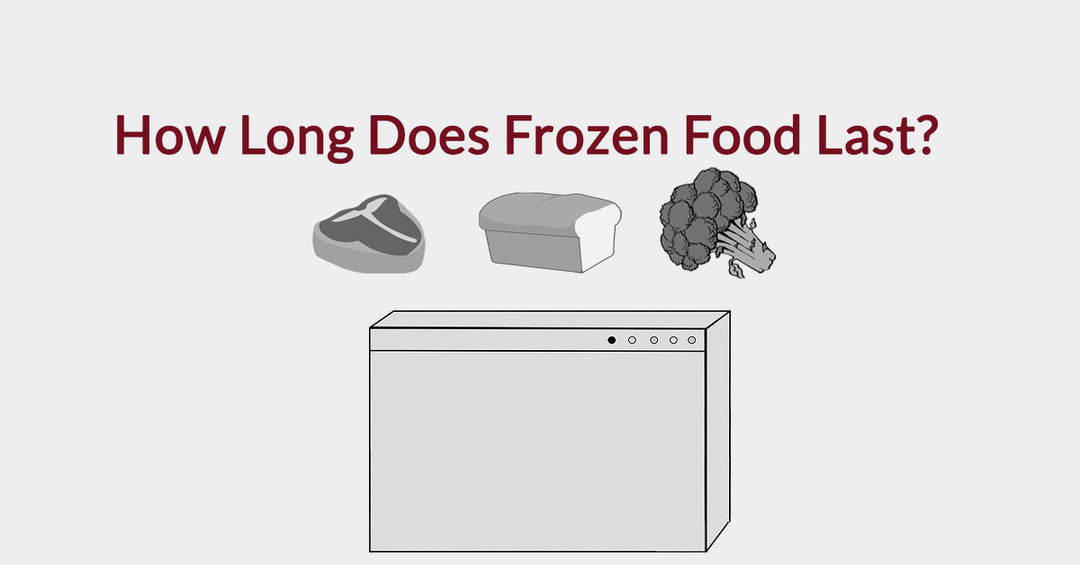What Do Astronauts Eat?

The International Space Station is a truly remarkable achievement. The modular space station was launched all the way back in 1998. This small habitat has existed and expanded within Earth's orbit for over twenty years now. And the International Space Station, or ISS, just celebrated a big milestone for the astronauts living within it. For the first time ever the people living on the ISS have a chiller for their food and beverages.
The addition has prompted many of us to wonder about just what people eat in space? The space station itself has a small food prep area within the Russian manned area. This section features a wall mounted folding table and heaters for food packages. The chiller is part of a new secondary food prep area. Many people find it hard to imagine how people could have lived so long without such a seeming necessity within their lives. However, there's one group of people who can probably guess how people have been able to eat comfortably in space.
Anyone who's served in the military can attest to the utilitarian nature of an MRE. An MRE, or meal ready to eat, is a special type of packaged meal. And it's the secret to how people have been able to make do with limited resources on the space station.
MREs were originally created as an alternative to reserve rations and C rations. These ration systems were intended for military use during periods where people couldn't count on standard meal options. In particular the rations were useful for any military action which involved longer periods away from any given base.
Reserve rations in particular are noteworthy for the fact that they were roughly equivalent to what armies in pre-industrial times might expect. In fact, the dehydrated meat and hard tack found in reserve rations might be considered a step down from what many Greek and Roman soldiers marched on in antiquity.

MREs mark a point where the past finally gave way to modern or even futuristic technologies. MREs made their debut in 1975 to universal approval. They were hardly perfect at the time but were still a massive leap forward compared to C rations. By 1996 the MREs had advanced to the point where people could even select for particular diets or nutritional needs. The date marks the point where categories such as vegetarian options first appeared. Moving on the Continuous Product Improvement system, or CPI, began to concentrate more on improving the meal's taste. The overall nutritional profile was considered stable so the only areas left to tweak were related to taste.
Today the MREs stand as an impressive feat of culinary and nutritional engineering. MREs provide everything people need to stay fit and healthy even under extreme physical stress. What's more, the taste and variety of MREs is often quite enjoyable. All of this highlights why MREs have moved beyond military use and into any area which prioritizes portable food options and long term storage. This includes people who spend a lot of time outdoors such as hikers and hunters. An MREs long shelf life also makes it a perfect choice for emergency food stock. For example, someone might keep MREs as emergency food within a storm shelter or go bag. And as many people might have guessed, this also includes people living on the International Space Station.

There are of course some minor differences to be found between standard MREs and space food. MREs usually treat calories as a precious resource. The more calories in MREs the better. This is because of the fact that they're usually used in situations where one isn't expected to sit down for meals on a regular basis. MREs need to be able to sustain people for as long as possible on a single serving. As such MREs tend to pack in as much nutritional density as possible within the package's size constraints. This is ideal for military use of MREs. Likewise for hikers and hunters. It even works for people who might find themselves trapped in a storm shelter for long periods of time. People in these situations are either burning off a tremendous amount of calories every day or need to make do with sporadic dining schedules.

Astronauts have to specifically make time to get exercise in due to the lower gravity on the ISS. The fact that they don't get much exercise by floating around, compared to walking and running, tends to be a major issue over time. As such the caloric concerns aren't as much of an issue with MREs intended for use in space.
However, there's also one big surprise for people who know a little about the history of space travel. People might assume that dessert options are either severely limited or will make use of the so called "astronaut ice cream". The freeze dried ice cream became heavily tied to the public's concept of space travel due to its inclusion in an Apollo mission. However, that mission marked the first and only time it was ever sent into space. The dessert both lacked the tastiness of ice cream and tended to crumble. Meanwhile the options in MREs are surprisingly better suited to space.

In fact, some of the MREs dessert options can create surprisingly enjoyable after dinner options. Even some of the standard parts of a meal can be quite tasty. For example, jam and peanut butter are bordering on a dessert option all by themselves. But MREs, whether standard or in space, also provide a good selection of treats. This can include options such as brownies, cocoa, coffee and puddings. Again, there are some minor differences in these options when they're eaten in space. Liquid and crumbs can both spread over a wide space quite quickly. Because of this concern the meal options either change meal choices or delivery to compensate for the lower gravity.
Another surprise can be seen when looking at the entire concept of dehydrated food. The idea of astronaut ice cream shows two important points about dehydrated food. This example highlights the fact that the public associates it with space travel. And the example also shows that often times this assumption is outdated. It's true that dehydrated options were once quite common in both standard MREs and in space. But today the methods by which people create and package MREs has come a long way.
The CPI program was a particularly important step forward in the MREs packaging. Experts in a wide variety of fields have spent decades finding ways to ensure MREs look, taste and even smell like standard meals. To be fair, some of the options do better in various categories than others. For the most part MREs are now able to provide a wide variety of meal options without needing to resort to dehydration. In fact, MREs often contain flameless heating units and eating utensils. The aim of these meals is to quite literally include everything needed for a meal. Even water for rehydration would place a limit on this utility. As such, it's quite common for MREs to totally forgo dehydrated ingredients. In fact, some of the best MREs don't even need preservatives. The method of preparation and packaging is enough to keep the MREs stable for around five years.

In the end one can see that the state of meals on the ISS is continually improving. On earth this is helped by advancements with MREs. And in space the modular nature of the ISS allows for additions such as the new chiller and secondary meal prep area.




